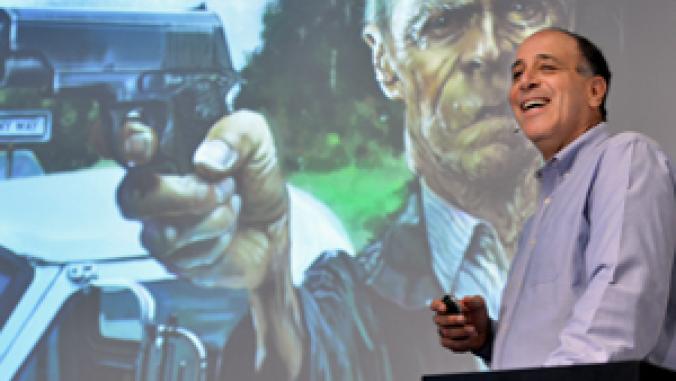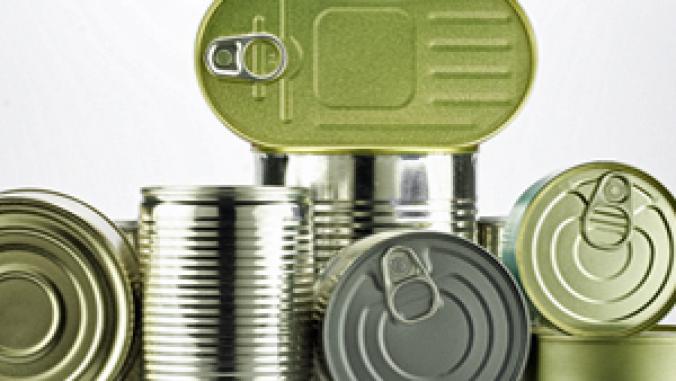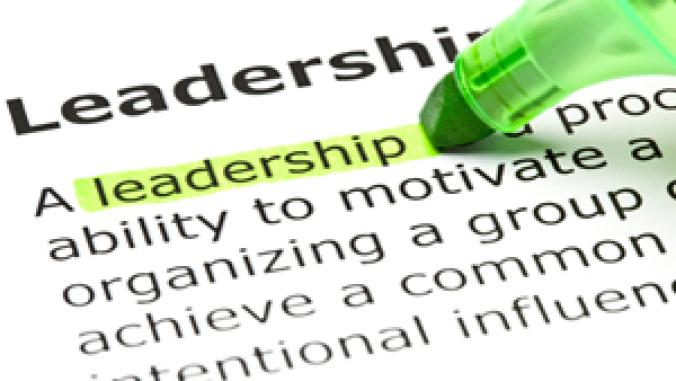BSR 2011: How Coke, UPS & RMI Deliver Greener Trucking, Transport
<p>Sustainability experts from the two firms and the Rocky Mountain Institute shared their vision for the future of energy in transportation at the BSR Conference in San Francisco.<br /> </p>

In September, Coca-Cola added six all-electric trucks to its fleet of more than 700 alternative fuel vehicles in North America. This spring United Parcel Service, with a green fleet of more than 2,300 vehicles, began its tryout of a lightweight delivery van clad in rugged ABS plastic that's expected to boost fuel efficiency by 40 percent.
"We're often accused of being delusional or pie-in-the-sky, but here are two organizations that are doing what we'd love to see everybody doing," said Ned Harvey, the Rocky Mountain Institute's chief operating officer, at the BSR Conference in San Francisco.
RMI's work in the national push for greener trucking is part of the think-and-do tank's broader efforts for "Reinventing Fire," the organization's name for its vision to wean the U.S. off coal, oil and nuclear power by 2050.
BSR brought together Harvey and sustainability experts from UPS and Coca-Cola to talk about fuel efficiency, reducing emissions and the future of energy in transportation .
.
Coca-Cola and UPS are major players in the drive toward greener transport. Both are members of President Obama's new National Clean Fleets Partnership -- UPS is a charter member and Coca-Cola joined this summer. Both have large and growing green fleets.
Coca-Cola's efforts are part of a sustainability strategy that includes robust initiatives on water management, greening refrigeration, developing eco-friendly bottles and recycling -- work that tends to get more headlines than fuel efficiency initiatives. Nevertheless, the company's green fleet of heavy-duty hybrid and alternative fuel trucks is the largest in North America, said Bryan Jacob, the company's director of energy management and climate protection. By the end of the year, the fleet will exceed 750 vehicles.
At UPS, the quest for greater fuel efficiency is core to the business and informs every aspect of the company, said Scott Wicker, vice president of corporate plant engineering and chief sustainability officer.
"We're always searching for ways to find improvement," Wicker said. "What we're trying to do is future-proof our business."
UPS operates more than 100,000 vehicles for delivery and hauling as well as the 10th largest airline. It pioneered route efficiency tactics that include no left turns, developed exacting logistics management using telematics and set up carbon-neutral shipping and responsible packaging programs. And now, Wicker said, UPS is exploring whether taking on the distribution tasks of firms and providing logistics as a service will pencil out on an environmental balance sheet as well as a line of business.
At the same time, UPS is trying to find the most effective way to transition from traditional to greener fuels. As a result, the firm's eco-fleet, which is expected to reach 2,600 trucks and vans by year's end, includes propane, liquid natural gas, compressed natural, gas, hybrid electric, hybrid hydraulic and all-electric vehicles. And during its search, UPS has encountered two of the chief challenges posed by transitional technology:
• One size does not fit all. "There is no silver bullet," said Wicker, noting that each type of green vehicle is best-suited to a certain transport environment -- city versus highway, suburban versus rural, etc.
• Cost. "Typically, these are two times the cost of their gasoline or diesel brethren," said Wicker. "People ask, 'Why don't you just convert your whole fleet?' " For a firm that buys 5,000 to 10,000 new vehicles a year, doing so at current vehicle prices would be cost prohibitive. he said.
Like Harvey from RMI, Wicker suggested collaboration in the marketplace as a way to bring costs down. "With fossil fuels, as demand goes up, price goes up. With technology, as demand goes up, price goes down."
The key to the transition is going step by step, Harvey said. The Reinventing Fire vision lays out ways for the U.S. to get from today's consumption rate of 13.5 million barrels of oil a day at the cost of some $2 billion to virtually no fossil fuels -- "that's no coal, oil, nuclear power but with a little bit of natural gas" -- by 2050, he said.
"We believe you can get there and it's a staged process," said Harvey. "That's the beauty of it, you don't have to do it all at once."
Big firms like UPS and Coca-Cola have the resources to test a number of different techniques and technologies, but for most other companies the starting point is vehicle fitness and drivers' behavior and practices, Harvey said.
"The problem is the vast majority of companies using trucks don't know what to do," he said. "What [they] should be talking about now is truck driver behavior."
UPS' work in that area includes use of telematics to optimize routes and obtain a clearer picture of where its trucks are going, how long it's taking them to get there, whether they are conforming to routes and whether their drivers are following best practices for safety and fuel efficiency. Measurement has long been an essential element of everyday business at UPS and previously, the company had calculated its routes "down to a 100th of an hour," said Wicker. Technology now provides a mirror of what's happening.
"I'm often asked," Wicker said, " 'How much more gain are you going to get out of efficiency?' Well, just when you think you've eked out that last bit, a new technology comes along and we find a new way to do what's we're doing."
Image Credits -- Top photo of two red trucks via Shutterstock.com. Inset photos courtesy of The Coca-Cola Company and UPS.





